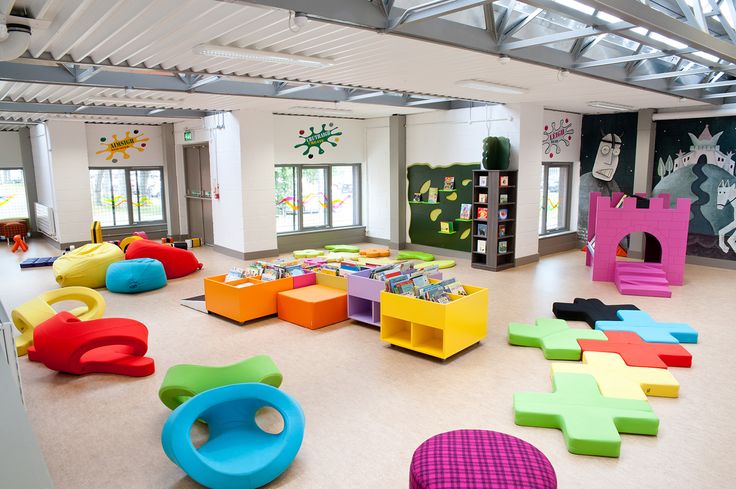Daycare hoboken nj: ILLNESS POLICIES | hdc100
ABOUT | hdc100
ABOUT US
Hoboken Day Care 100 provides a warm, loving and clean environment for your child. Utilizing the Creative Curriculum as well as other proven early childhood methodologies we teach your child through art, music and purposeful play making sure they reach important early learning standards. We enable children to develop confidence, creativity and critical thinking skills. All our staff members are CPR and first aid certified.
In 1972 the City of Hoboken received a HUD Grant to house a number of resources for the community in one building. The City of Hoboken asked Hoboken Day Care 100 to become the resource for subsidized child care. Hoboken Day Care 100 has served many families though subsidized services as well as private day care tuition. We pride ourselves on having a wonderfully diverse student and teacher population that reflects the community that we serve. Our building is conveniently located close to public transportation.
Our classrooms are bright, colorful and clean. We have a big open outdoor space where students can run and play.
The mission of our program is to provide children and families with quality child care that promotes individual growth and development. Our goal is to prepare children to be confident and creative lifelong learners by growing physically, socially, emotionally, and cognitively through developmentally appropriate learning activities.
Please click the link below to find out more about our Play-Based Learning and how it benefits our students!
NOTES
We provide a delicious breakfast and snack each day. Parents provide lunch.
Milk/water are provided with
each meal.
+
Each child is assigned their own crib/cot for naptime.
Linens are not shared between children.
+
Weather permitting,
children will have outside time every day. Infants over 5 months will go for walks locally in their strollers.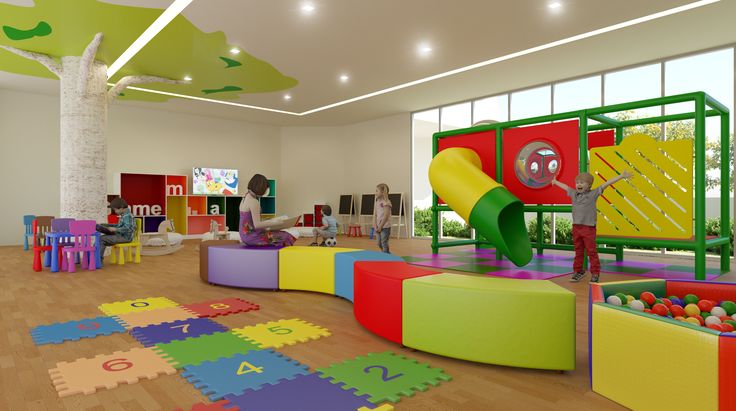
+
Give us a call:
201-792-4666
CHILD SAFETY
Keeping children of all ages safe and healthy is one of the most important tasks of child care providers.
Keeping our child care environment clean is one of the best ways to help ensure that our children stay healthy. Dirty toys, bedding, linens, eating utensils, and surfaces can carry and spread germs. Regular disinfecting are part of the routine in a child care setting.
TOILETING
Diapering and toileting are two of the most common times that germs are spread in child care. Our teachers know the right way to change diapers and appropriate ways to help children use the toilet in order to greatly reduce the spread of illness in the child care program.
FIRST AID
As child care providers, we know that unintentional injuries will happen from time to time. The best way to handle an unintentional injury is to be prepared before it happens.
HAND WASHING
Keeping all children healthy is an important goal of child care programs, and washing hands carefully and thoroughly can help children and child care providers prevent the spread of germs that cause illness. Thorough hand washing can remove as much as 90 percent of the virus-containing particles and bacteria on your skin. That’s a lot of protection from infection for the amount of time and effort it takes. Child care providers and children should wash their hands regularly during the day.
For more information
please e-mail us at:
[email protected]
Step By Step – Daycare Center Hoboken
“The Step by Step School – where every step a child takes, a new journey begins.”
Schedule a Tour Today!
The Step by Step School is the perfect place for your young learner.

The Step by Step School uses a multi-theory curriculum that encourages developmental growth, supports social-emotional skills, and promotes academic success. Our daycare and afterschool programs are aligned with local elementary schools and New Jersey State Standards.
The Step by Step School curriculum was created to provide students and their individual needs a safe environment where they are able to learn at their own pace. Utilizing this multitude of theories allows teachers to be creative in providing developmentally appropriate multi-sensory tools and strategies in the classroom to support all styles of learning; therefore, allowing children to grow emotionally, physically, and intellectually.
- Handwriting Without Tears (HWT) introduces gripping for our infants and pre-toddlers establishes a proper handwriting foundation for our toddlers, supports the basis for proper handwriting skills for our preschoolers, and enhances proper handwriting skills for our school-aged students.
Starting at an early age, our students begin to build essential skills for emergent writing and handwriting success.
- The Clover Model focuses on the social-emotional development of children of all ages and stems from an understanding that a student’s academic success is directly tied to his or her emotional well-being.
- Mississippi Learning Standards describes the first three years of life that have a strong impact on brain development and learning. They are the foundation of healthy development and positive learning outcomes in early years, in preschool, and beyond.
- The Waldorf Philosophy gives students a daily schedule to follow a consistent and creative routine.
- Utilizing The Play-Based Philosophy educators encourage students to learn through play and exploration.
- Encouraging The Cognitive-Based Philosophy supports active exploration giving opportunities to develop a positive self-concept, independency, and self-sufficiency.
The Step by Step School provides loving and educational childcare services through its daycare, after school, and summer camp programming.
At The Step by Step School, we take great pride in providing a safe and nurturing setting in which children can learn and play in the company of their peers and a caring staff. We foster a community-based environment where everyone is treated with respect and in which communication is a priority. Our days are filled with fun and engaging activities in which children ages six weeks and up can flourish. Our goal is to build lasting memories for our students and their parents alike.
Infants 6 weeks – 15 Months
This rapid developmental period gets off to a strong start as our caregivers form a bond with your child to foster emotional security.
One-Year-Olds 15-24 months
A dynamic classroom setting encourages exploration and the development of physical and socialization skills.
Two-Year-Olds 2-2.

As your child shows greater independence, teachers ensure that individual interests are enhanced and supported. Due to the drastic developmental growth that takes place during the year 2-3, this age group is broken into a 2-2.5 classroom and a 2.5-3 classroom.
Pre-School 3 & 4 Year-Olds
A focus on reading and writing skills helps to build a strong foundation for school success.
After school Pre-K 3 & Pre-K 4
Core basics such as reading fundamentals, science, and art, are enhanced by a changing line-up of unique enrichment programs.
Step Up Afterschool: Kindergarten & Up
Engaging lessons, activities, and games promote a STEAM-based curriculum in science, technology, engineering, art, and mathematics.
“
The staff have genuine love, energy, and passion for the kids and Step By Step program. Children and parents alike love them.
“
The Step by Step School has been a truly excellent experience for our daughter.

“
Without hesitation, I would recommend any parent to consider Step By Step School. It is much more than an average aftercare – It’s really been an extension of our son’s development. He has grown so much through the program.
“
All the teachers at The Step By Step School are wonderfully warm and fun, and we love hearing about all the exciting and educational activites they plan for the kids.
ask about our new Scholarship Program!
Download the App
Hoboken, New Jersey | it’s… What is Hoboken, New Jersey?
| City
Hoboken
|
Hoboken (Hoboken, New Jersey) is a city in Hudson County, New Jersey, United States.
Contents
|
Geography
NASA image of Hoboken (red line is city boundary).
Hoboken is located on the west bank of the Hudson River opposite Manhattan’s West Village and Chelsea, between Weehawken Cove and Union City to the north and Jersey City (county seat) to the south and west.
According to the US Census Bureau, the city has a total area of 5.1 km². 3.3 km² of them are land and 1.8 km² are water areas, accounting for 35.35% of the total area.
Hoboken has a network of 48 streets, the streets running from east to west are numbered. Many north-south streets are named after US presidents (Washington, Adams, Madison, Monroe), even Clinton Street is named after 19th-century politician DeWitt Clinton
Demographics
According to the 2000 census, the city has a population of 38,577 (although the latest census figures indicate that the population has grown to around 40,000).
There are 19,418 households of which 11.4% are families with children under the age of 18 living with them, 23.8% are married couples living together, 9.0% are currently single women, 64.8% are non-families . 41.8% of all households are made up of one person and 8.0% are made up of a person at least 65 years of age living alone. On average, one household has 1.92 people, and the average family consists of 2.73 people.
The city has the following age distribution: 10.5% are under 18, 15.3% are from 18 to 24, 51.7% are from 25 to 44, 13.5% are from 45 to 64, and 9.0% are over 65 years old. The average age is 30 years old. For every 100 women (aged >18 years), there are 103.9 men.
The median household income is $62,550 and the median family income is $67,500.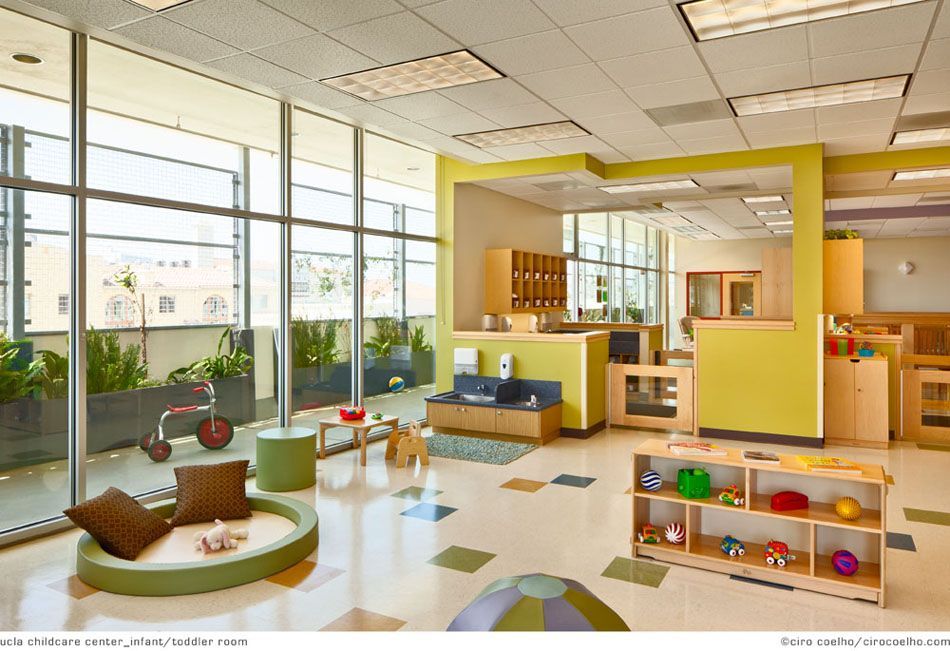
Name History
The name “Hoboken” was chosen by Colonel John Stevenson when he bought the land on which part of the city still stands today.
Block 100 at
Washington Street
Newark Street westbound
It is believed that the Lenape (later called the Delaware Indians) referred to the area as “pipe land”, most likely in reference to the soapstone harvested here to carve smoking pipes. A phrase was used to designate the area, which later became “Hopoghan Hackingh”. [3]
The first Europeans to settle here were the Dutch/Flemish settlers of New Netherland who corrupted the Lenape phrase, although no known documentation exists to confirm this.
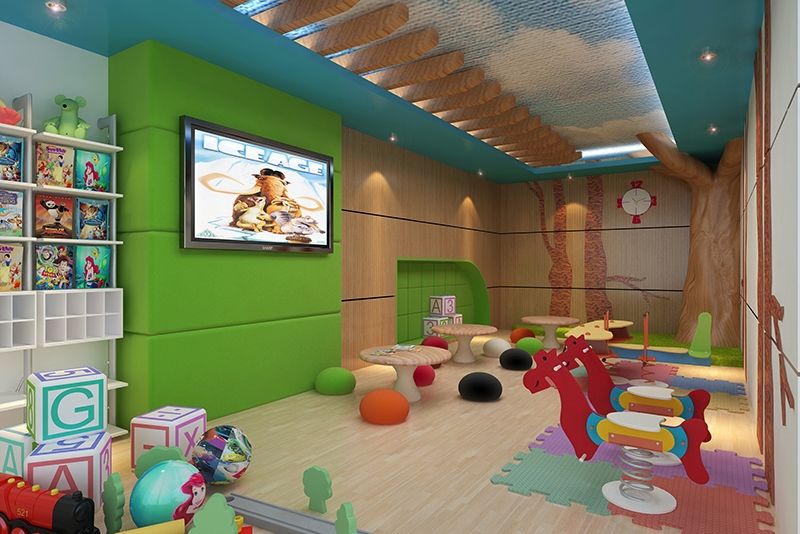
History
Early and colonial era
Hoboken was originally an island surrounded by the Hudson River on the east and the flood plains at the foot of the New Jersey Front Gardens on the west. It was a seasonal camp in the territory of the Hakenzack, a subgroup of the Lenape called the Unami, a tribe that worshiped the turtle. Later referred to as the Delaware Indians, the Lenape believed they had lived for over 2,800 years in the lands beyond and between the Hudson and Delaware rivers. The first European to lay claim to the territory was Henry Hudson, an Englishman working for the Dutch East India Company, who anchored his ship Halve Maen (half moon) in Weehawken Bay on October 2, 1609.. The United New Holland Company was formed to administer this new territory, and in June 1623 New Holland became a Dutch colony.

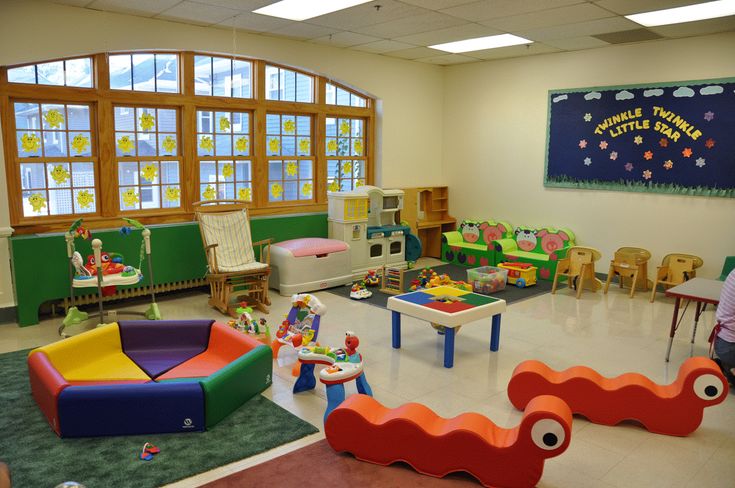
ΧΙΧ century
Ferry pier
Hudson River, 1880s, viewed from Hoboken and Jersey City
In the early years of the 19th century, Colonel John Stevens developed the waterfront as a Manhattan getaway—a lucrative source of income that could be used to test his many inventions. On October 11, 1811, Stevens’ ship Juliana , the world’s first steam-powered ferry, began operating on the Manhattan-Hoboken route. In 1825, he designed and built a steam locomotive with enough traction to carry several passenger cars. In 1832, Sybil’s Cave, a spring water attraction, was opened, which became a legend when Poe wrote the story “The Mystery of Mary Roger” about an event that happened here. (In the late 1980s, when it was discovered that the water was contaminated, the cave was closed, and in the 30s it was filled with concrete.) Before his death in 1838, Stevens founded The Hoboken Land Improvement Company, which during the middle – the end of the 19th century was managed by his heirs and planned a permanent system of streets, residential blocks and plots of land, buildings and developed the layout of industrial zones.
Hoboken was originally formed as a township on April 9, 1849 from parts of the North Bergen area. With the growth in population and importance, many Hoboken residents saw the need for a full city, and in a referendum held on March 29, 1855, the New Jersey statute signed into law the day before was ratified – and the city of Hoboken was born. [9] [10] In subsequent elections, Cornelius V. Clickener became the first mayor of Hoboken. March 15, 1859Weehawken was created from parts of Hoboken and North Bergen Township. [9]
Stevens Polytechnic Institute was founded in 1870 by the will of Edwin Stevens and is located at Castle Point, on the former estate of the Stevens family. At the end of the 19th century, Hoboken was an important transportation hub – it was used as a port by many trade routes, and the Delaware, Lackawanna and Western Railroad (Delaware, Lackawanna and Western Railroad) (later, the Erie Lackawanna Railroad) developed as railway terminal on the coast.
Birthplace of baseball
Baseball game at Elysian Fields, Hoboken (Lithograph by Currier & Ives)
The first documented baseball game in US history was played in Hoboken in 1846 [11] between the Knickerbocker Club and the New York Nine at the Elysian Fields.
In 1845, the Knickerbocker Club, founded by Alexander Cartwright, began using the Champs-Elysées for baseball games due to the lack of a suitable venue in Manhattan. [12] The members of the team were St George’s Cricket Club players, brothers Harry and George Wright and Henry Chadwick, the journalist who coined the term “America’s Pastime”.
In the 1850s, several members of the National Baseball Association based in Manhattan used the grounds as their home field, while St George’s continued to host international matches between Canada, England and the United States at the field. In 1859The All England Eleven, a club of professional cricketers, played a match with the United States team in Hobokenk, easily winning the local competition. Sam Wright and his sons Harry and George Wright played on the feelings of the losing United States team, which inadvertently sparked the players’ desire to take baseball to the next level. Henry Chadwick believed that baseball, not cricket, should be “America’s Pastime” – America’s game. He concluded that amateur players do not have enough time to develop their playing skills to the high level required of professional players. Harry and George Wright went on to become the first professional baseball players in America when Aaron Champion increased his financial investment to found the Cincinnati Red Stockings in 1869.
In 1865, a championship match was held in Hoboken between the Mutual Club of New York and the Atlantic Club of Brooklyn, which was attended by about 20,000 fans. This match can be seen in the Currier & Ives lithograph “National American Baseball Game”.
With the construction of two important fenced-in baseball parks in Brooklyn, game organizers were able to charge admission fees from spectators and the Champs-Elysées’ popularity declined. In 1868, Manhattan’s leading club, Mutual, moved their home games to the Union Grounds in Brooklyn. In 1880, the founders of the New York Metropolitans and New York Giants eventually inherited the baseball park in Manhattan, which became known as the Polo Grounds.
Heaven, Hell or Hoboken
When the US decided to enter the First World War, the piers of the Hamburg-American Line were expropriated. Federal control of the port and anti-German sentiment led parts of the city to exist under martial law, and many Germans were forcibly relocated to Ellis Island or left the country altogether.
Between World Wars
After the war, the Italians, mostly from the port city on the Adriatic coast of Moflett, became the predominant ethnic group in the city along with the Irish. While Hoboken was going through the Depression, vacancies in shipyards and factories were still available, and rented apartments were full. Central European Jews, mostly German-speaking, also immigrated to the city and started small businesses. The Port Authority of New York and New Jersey was founded on April 30, 1921 years old.
The Holland Tunnel (under the Hudson River) was completed in 1927 and the Lincoln Tunnel in 1937, allowing traffic to move more easily between New Jersey and New York parallel to the waterway.
After World War II
The war spurred many of the city’s industries that were essential to the success of the war.
In the sixties, however, much began to fall apart: early-century housing began to look squalid and crowded, shipbuilding was cheaper abroad, one-story factories surrounded by car parks made production and distribution more economical than the old brick buildings on congested city streets. The city bore the brunt of a severe recession, while industry tried to resort to cheap labor, port functions moved to the more accessible Newark Bay, and light, truck, and air transport replaced rail and sea from the leading positions in the transportation system of the United States.
The old economic foundations have outlived their usefulness, and nothing new was visible on the horizon. Attempts were made to stabilize the city’s population level by demolishing the so-called slums along River Street and building mid-range housing at Marineview Plaza and downtown at Church Towers. A huge amount of scattered garbage and packs of stray semi-wild dogs have become familiar sights. [13] Despite the fact that the city experienced far from the best days, it was never abandoned. Thanks to new waves of immigrants, primarily from Puerto Rico, the first floors of residential buildings were not abandoned, but remained as showcases for small shops.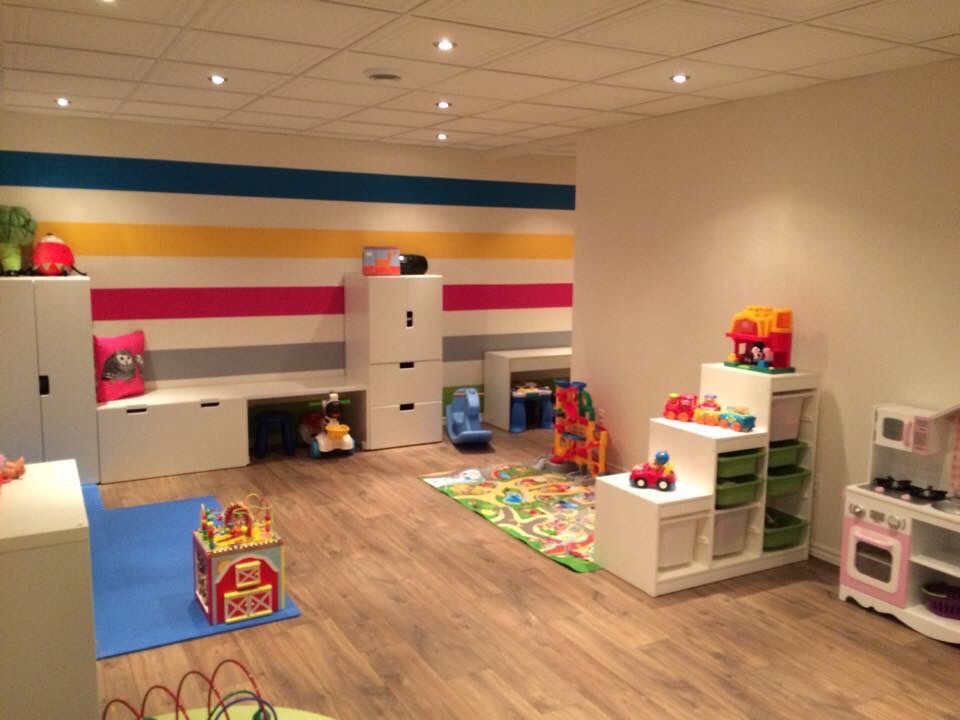
In port
Panorama of Manhattan from Pier A.
The Coast defines Hoboken as originally a port city and was the main engine of the economy from the mid-19th century to the mid-20th century, when it became predominantly industrial (and largely inaccessible to the public). The huge Lipton and Maxwell House factories and Bethlehem Steel’s drydocks dominated the northern part for many years. The southern portion (which was the Hamburg-American Line’s stronghold on the American continent) was confiscated by the federal government via eminent domain at the start of World War I, after which it became (together with the remainder of Hudson County) the main shipping port on the east coast.
With the construction of the Interstate Highway System and the use of containers (especially at the Newark-Elizabeth Marine Harbor Terminal), dry docks have become obsolete and have largely been abandoned. The area around River Street, known as the “Barbary Coast” for its bars and hotels (which were home to many dock workers, sailors, maritime traders, and other seafarers), was part of the city’s redevelopment plan. Although control of the confiscated territory returned to the city in the fifties, full leases with the Port Authority gave it some say in its administration. In the 1980s, the coast dominated Hoboken politics, with the help of various citizen groups and the government getting involved in sometimes dirty, sometimes absurd cases that led to litigation.
Before and in the new millennium
Sources
- City of Hoboken
Links
- ↑ US Census Bureau, 2000 Census of Population and Housing, Population and Housing Unit Counts PHC-3-1 United States Summary, Washington, DC, 2004, pp. 105-159, accessed 24 November 2006.
- ↑ ABC Eyewitness News . September 29, 2008, 6:00 pm ET broadcast.
- ↑ HM-hist “The Abridged History of Hoboken”, Hoboken Museum, available 11/24/2006.
- ↑ Nederlandse Geschiedenis, 1600-1700
- ↑ U.S. Towns and Cities with Dutch Names, Embassy of the Netherlands. Accessed November 24, 2006.
- ↑ Hoboken Reporter Jan 16, 2005
- ↑ http://memory.loc.gov/cgi-bin/map_item.pl
- ↑ http://files.usgwarchives.org/nj/statewide/history/colrec/vol21/v21-01.txt
- ↑ 1 2 “The Story of New Jersey’s Civil Boundaries: 1606-1968”, John P.
Snyder, Bureau of Geology and Topography; Trenton, New Jersey; 1969. p. 148.
- ↑ “How Hoboken became a city, „ Part I, Part II, Part III, Hoboken Reporter , March 27, April 3, and April 10, 2005.
- ↑ * Dean Sullivan Early Innings: A Documentary History of Baseball, 1825-1908. – U of Nebraska Press, 1997. – ISBN 0803292449
- ↑ Nieves, Evelyn. Our Towns;In Hoboken, Dreams of Eclipsing the Cooperstown Baseball Legend, The New York Times (1996-04-03). Retrieved 2007-10-26 .
- ↑ Martin, Antoinette. “In the Region/New Jersey; Residences Flower in a Once-Seedy Hoboken Area”, The New York Times , August 10, 2003. Accessed October 26, 2007. “The area back from the Hudson River, along streets named for presidents — Adams, Jackson, Jefferson, Madison, Monroe — was sketchy, Geibel said, and marked by old warehouses, boarded-up windows, raw sewage coming out of pipes and packs of wild dogs running in the streets.
”
| New Jersey | |
|---|---|
| Capital | Trenton |
| Largest cities |
Atlantic City | Bayonne | Camden | Cherry Hill | Clifton | East Orange | Edison | Elizabeth | Hackensack | Hoboken | Jersey City | Linden | Long Branch | Middletown | Newark | New Brunswick | Passaic | Paterson | Perth Emboy | Plainfield | Princeton | Toms River | Trenton | Union City | Vineland |
| County |
Atlantic | Bergen | Burlington | Camden | Cape May | Cumberland | Essex | Gloucester | Hudson | Hunterdon | Mercer | Middlesex | Monmouth | Morris | Ocean | Passaic | Salem | Somerset | Sussex | Union | Warren |
Pictures of Hoboken (USA) – 46 photos
Pictures of Hoboken (USA) – 46 photos
The site contains the best photos of Hoboken – its nature, buildings, streets and residents.
manhattan at sunset
© doug elwell
New Jersey – USA by Augusto Ja…
© Augusto Janiscki Junior
NYC Tribute in Lights
© Adam Elmquist
Hoboken Fire House
© Adam Elmquist
New York – ESB and Chrysler
© Michael Goggioli
R2-D2 Mailbox, Jersey City
© estatik
Light rail near Newport
© estatik
NYC from heli (Empire State Bu…
© andreisss
Hoboken Terminal
© Adam Elmquist
HOBOKEN NEW JERSEY
© maix
The Carpathia brought the Titan…
© Mike Stuckey
New Pavonia, New Jersey
© EtaNu261
Empire State
© sarima
Beekman and Woolworth Building…
© meteocoll
Empire State Building, view f…
© school_1106
Panoramic view of New York – N…
© AngelUzquiza
NYC Tribute in Lights
© Adam Elmquist
Arthurs
© Adam Elmquist
New York Skyline from the Huds.
© Harry and Marilyn
Jersey City Newport
© A. DREXLER – Germany – Germany – 德国 – Allemagne – Germania – ドイツ – जर्मनी
Hudson River Park, New York Ci…
© yvr101
Manhattan Community College
© Adam Elmquist
New Jersey skyline (Thiago)
© slo_thiago
midtown manhattan
© doug elwell
– In the mood – Jazz And ……..
© NO VIEWS Xacobeo4
View from Hudson River Park, N…
© yvr101
NewYork from New Jersey
© paul toman
manhattan
© doug elwell
New York, View with Twin Tower…
© manuel-magalhaes
NUEVA YORK 26
© jose luis hidalgo
World Trade Center – New York…
© Mauro Zoch
Serie Atardecer en NY sin las…
© Alex Argentina
sky line desde New Jersey
© Pablo Vazquez Moral
NY by night
© Mark Martin 2
Panoramic view of New York – N…
© AngelUzquiza
Hoboken
© Adam Elmquist
New York from helicopter
© David Evers (a.







 Starting at an early age, our students begin to build essential skills for emergent writing and handwriting success.
Starting at an early age, our students begin to build essential skills for emergent writing and handwriting success.
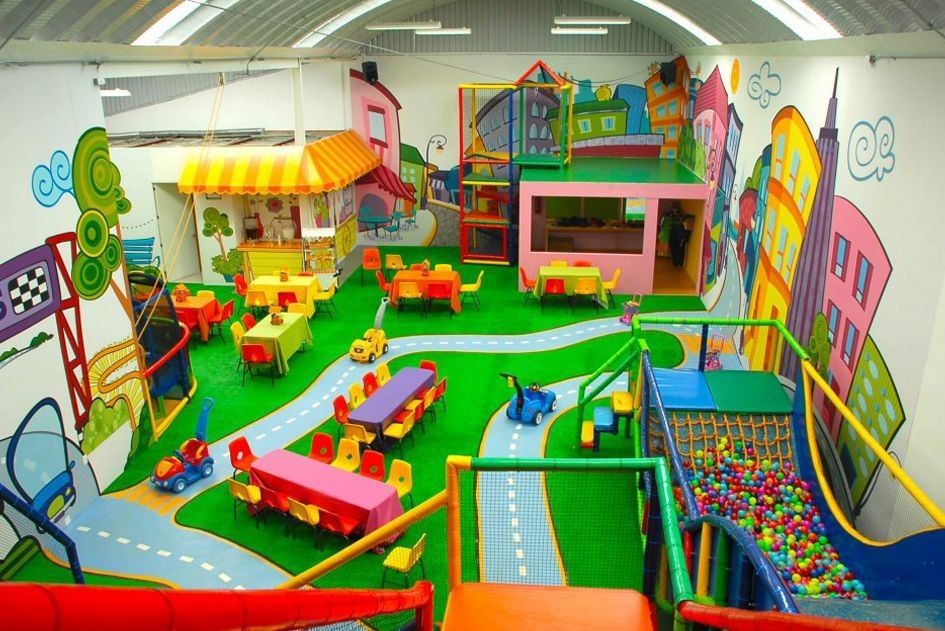 sh. 74°01′43″ W / 40.7425° N sh. 74.028611° W (G) 40.7425, -74.02861140°44′33″ s. sh. 74°01′43″ W / 40.7425° N sh. 74.028611° W d. (G)
sh. 74°01′43″ W / 40.7425° N sh. 74.028611° W (G) 40.7425, -74.02861140°44′33″ s. sh. 74°01′43″ W / 40.7425° N sh. 74.028611° W d. (G)  6 At the port
6 At the port  Snyder, Bureau of Geology and Topography; Trenton, New Jersey; 1969. p. 148.
Snyder, Bureau of Geology and Topography; Trenton, New Jersey; 1969. p. 148. 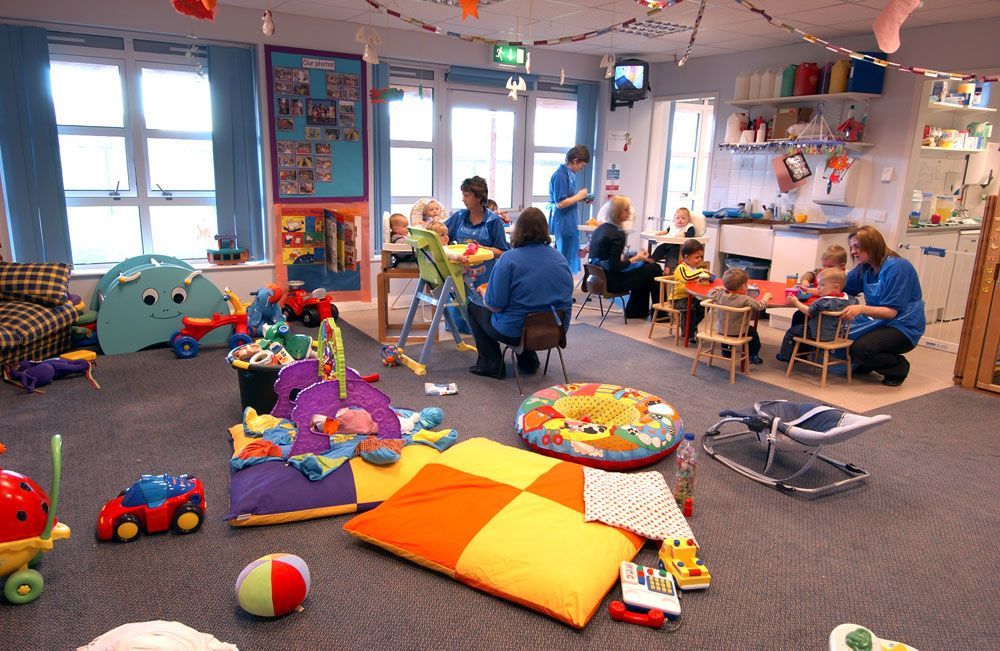 ”
” 